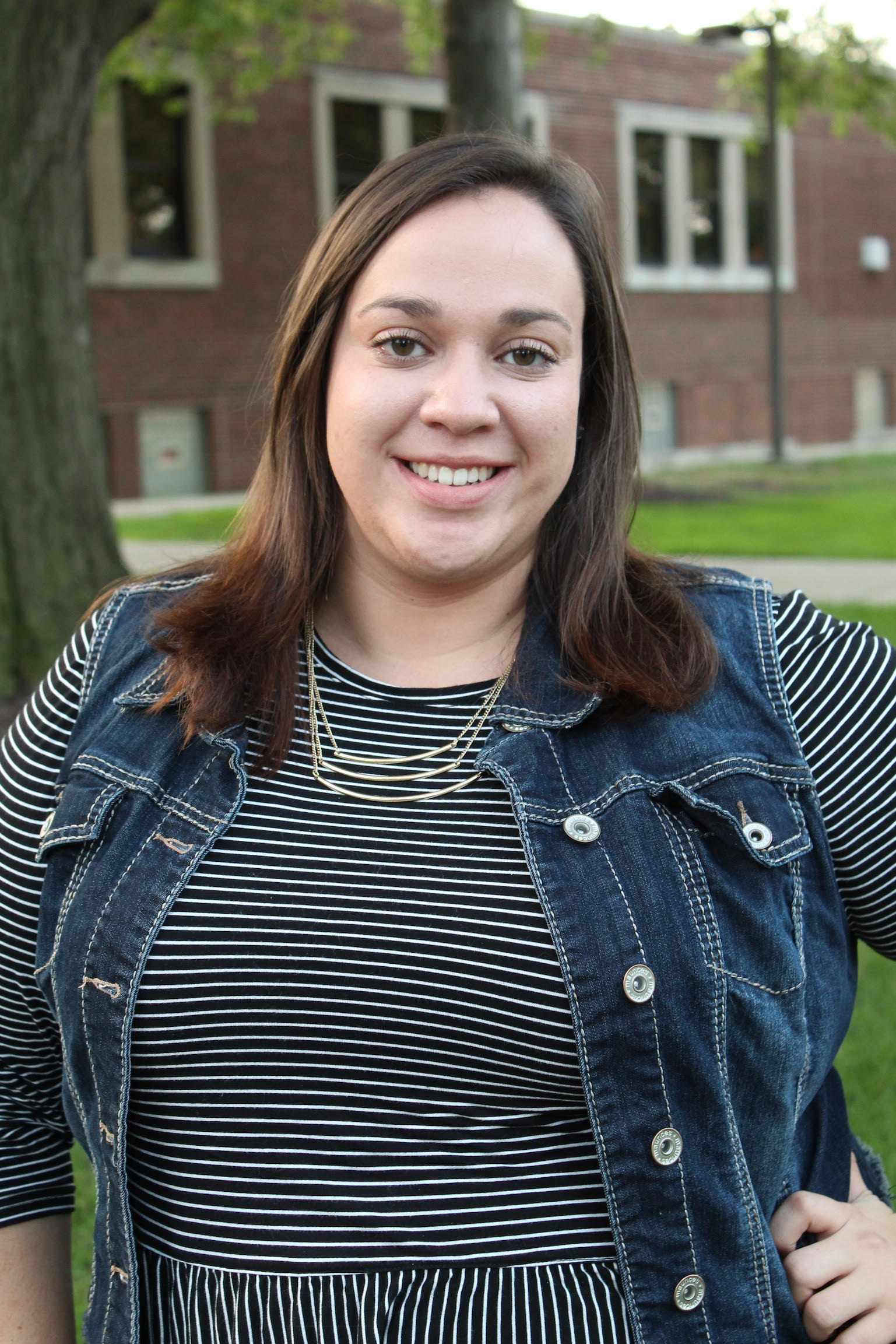
Dr. Allie Gillespie, Ph.D., LAMFT
Even though you may be stepping into my office, I see therapy as me stepping into my client’s world. Therapy is a collaborative space where clients and I work together to help them accomplish their goals to improve their lives and relationships. I am extremely honored to be invited into the vulnerable and personal space of each of my client’s world. I don’t take that responsibility lightly!
My work has focused on working with couples in a variety of situations. A few areas that I have lots of experience in working with include, but are not limited to, are problematic pornography use, sex therapy, high conflict couples, blended families and discernment counseling.
I received my M.S. in Marriage and Family Therapy from Purdue University – Northwest and my PhD in Marriage and Family Therapy from Utah State University. I have completed additional training in Gottman Method Therapy (level 2) for couples and Accelerated Resolution Therapy, an eye movement therapy for processing trauma.
I grew up in Michigan and have lived in a variety of places across the US. When I’m not working, you will likely find me hiking, kayaking, watching a hockey game, traveling or spending time with those I love.
Research has shown that the relationship between client(s) and their therapist is one of the biggest predictors of a successful outcome from therapy1,2. I strongly believe in this and would love to answer any questions that you have or offer a brief phone consultation. If we’re not the right fit, I will do my best to connect you with someone who is.
1 Safran, J.D. (2010). Therapeutic Alliance. In The Corsini Encyclopedia of Psychology (eds I.B. Weiner and W.E. Craighead). https://doi.org/10.1002/9780470479216.corpsy0992
2 Asay, T. P., & Lambert, M. J. (1999). The empirical case for the common factors in therapy: Quantitative findings. In M. A. Hubble, B. L. Duncan, & S. D. Miller (Eds.), The heart and soul of change: What works in therapy (pp. 23-55). American Psychological Association. http://dx.doi.org/10.1037/11132-001
